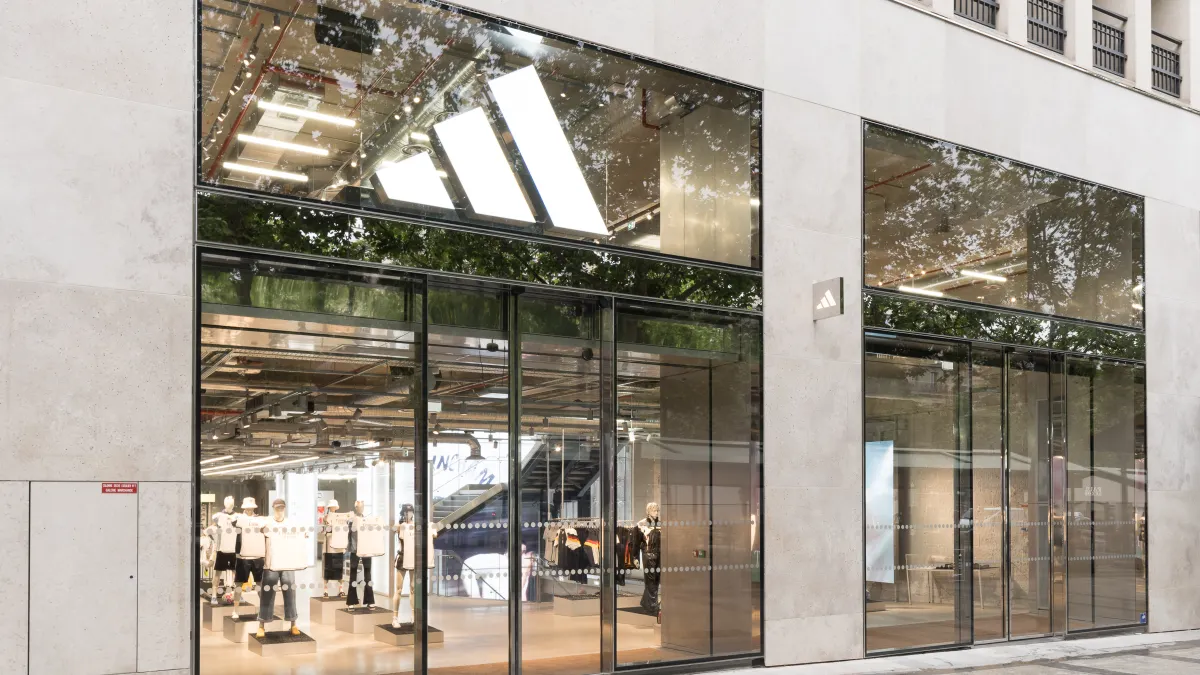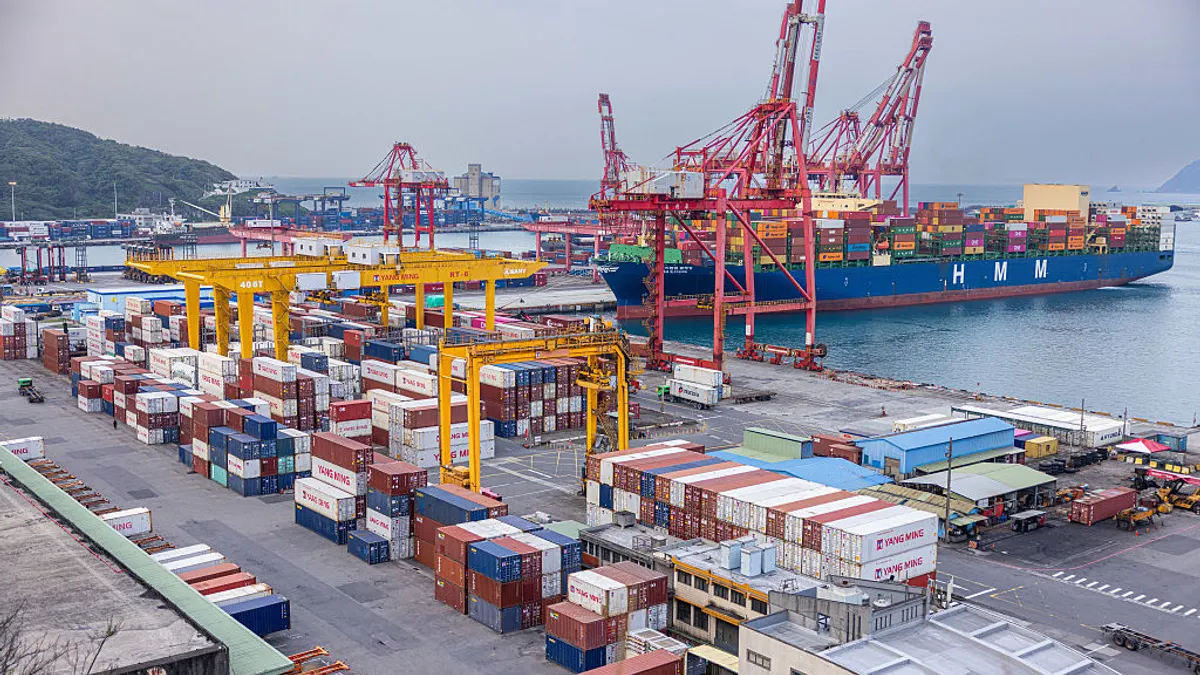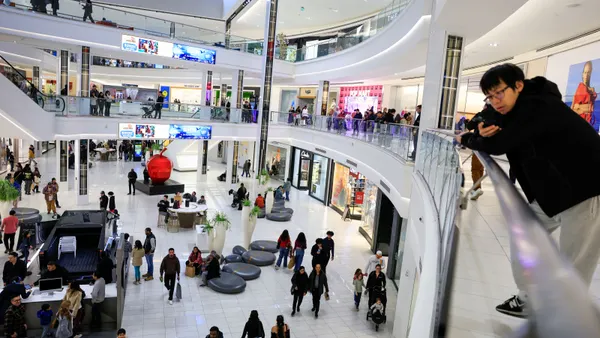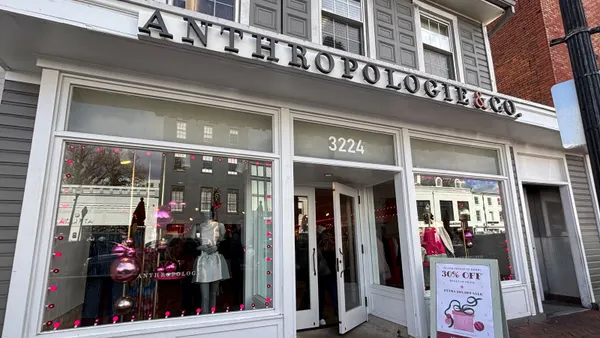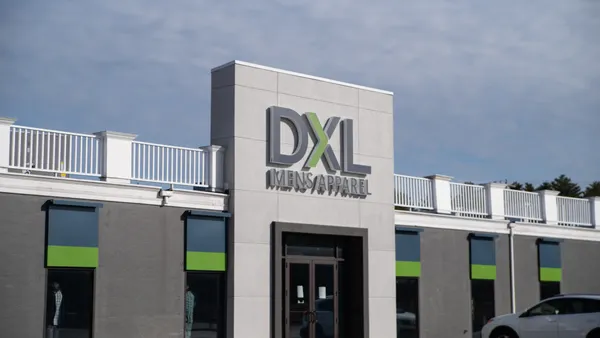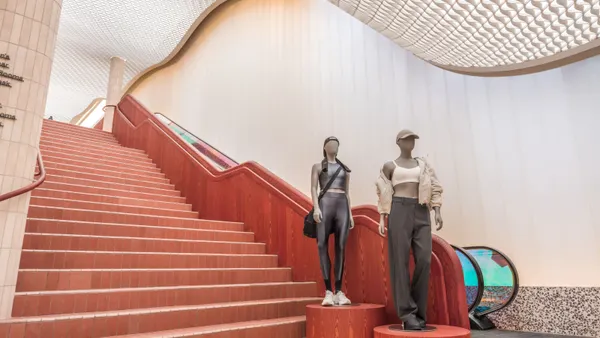Dive Brief:
- Despite the impacts of a stronger euro, Adidas reported record-high revenue of 6.6 billion euros ($7.6 billion at press time) in Q3, up 3% year over year. Ignoring the 300-million-euro impact from currency fluctuations, sales were up 8%, per the retailer.
- In the midst of a U.S. growth strategy, sales in North America fell 5% in the quarter, though they were up 1% in currency neutral terms. Recovery in China is also underway, with sales roughly flat year over year, but up 6% excluding currency fluctuations.
- Adidas CEO Bjørn Gulden praised the retailer’s local-driven strategy for the gains and noted that sales would have been higher in North America if Adidas wasn’t resetting its accessories business.
Dive Insight:
Adidas is leaning into local leadership and design to drive its growth across regions — and the effort is paying off.
When asked about Adidas’ outperformance of the market in China, Gulden said the retailer hired back former Adidas employees who had gone on to work at local brands in China so the activewear brand could learn from them. Adidas also developed a creation center in Shanghai and relied on local factories to speed up go-to-market in the region.
Between 50% and 60% of its apparel in China is designed and developed there, Gulden noted.
“To be a global brand with a local mindset I think is crucial,” Gulden said. “You need to be close to the consumer and unfortunately there is no global, average consumer the way many consultants and agencies are trying to sell you.”
Likewise, Adidas is taking a more American approach to the U.S. market, a strategy being led by a decade-long Nike vet, John Miller. That includes efforts to invest in college sports including baseball and football, beef up its athlete roster in those sports and go deep into basketball.
“We all know we’re not market leader, but we also know we have to invest in it,” Gulden said of basketball.
The efforts to do so are gaining attention. A Wells Fargo note based on conversations with Bradley Clapp, a former Nike and Jordan sales manager, called out Adidas’ deal with NBA star Anthony Edwards specifically. Edwards has “the intangibles” that Nike stars like LeBron James and Kevin Durant had, according to Clapp, which bolstered Nike’s sales.
As to speculation that Adidas is attacking Nike in the U.S., Gulden said, “that’s not even the strategy. The strategy is to be visible and actually have personalities that perform.” The retailer also aims to double its sales in North America.
Globally, Adidas continues to benefit from the strength of its Terrace footwear franchises, including the Samba and Gazelle, as well as low-profile shoe styles like the Tokyo and Taekwondo. Footwear sales were up 11% on a currency neutral basis. Louise Deglise-Favre, lead apparel analyst at GlobalData, said new colorways in these franchises “continued to generate demand” and added that apparel was also helped by limited-edition collaborations.
The trend is far from over, according to Gulden, who said Samba had its highest quarter ever in Q3.
“I think many people are surprised by it and maybe some of our own people too,” Gulden said. “But the fact of the matter is that with the innovation that we've done on design and materials, we kept it hot.”
Tariffs, of course, still pose a threat to the retailer. Adidas is staring down a 120-million-euro hit from tariffs and is raising some prices to combat them. But price increases have been restricted to new products and Adidas’ more expensive styles, with the idea that higher-income consumers can weather the price changes better.
Overall, the quarter showed “a sustained strong appetite among consumers for the brand’s products,” Deglise-Favre said.



